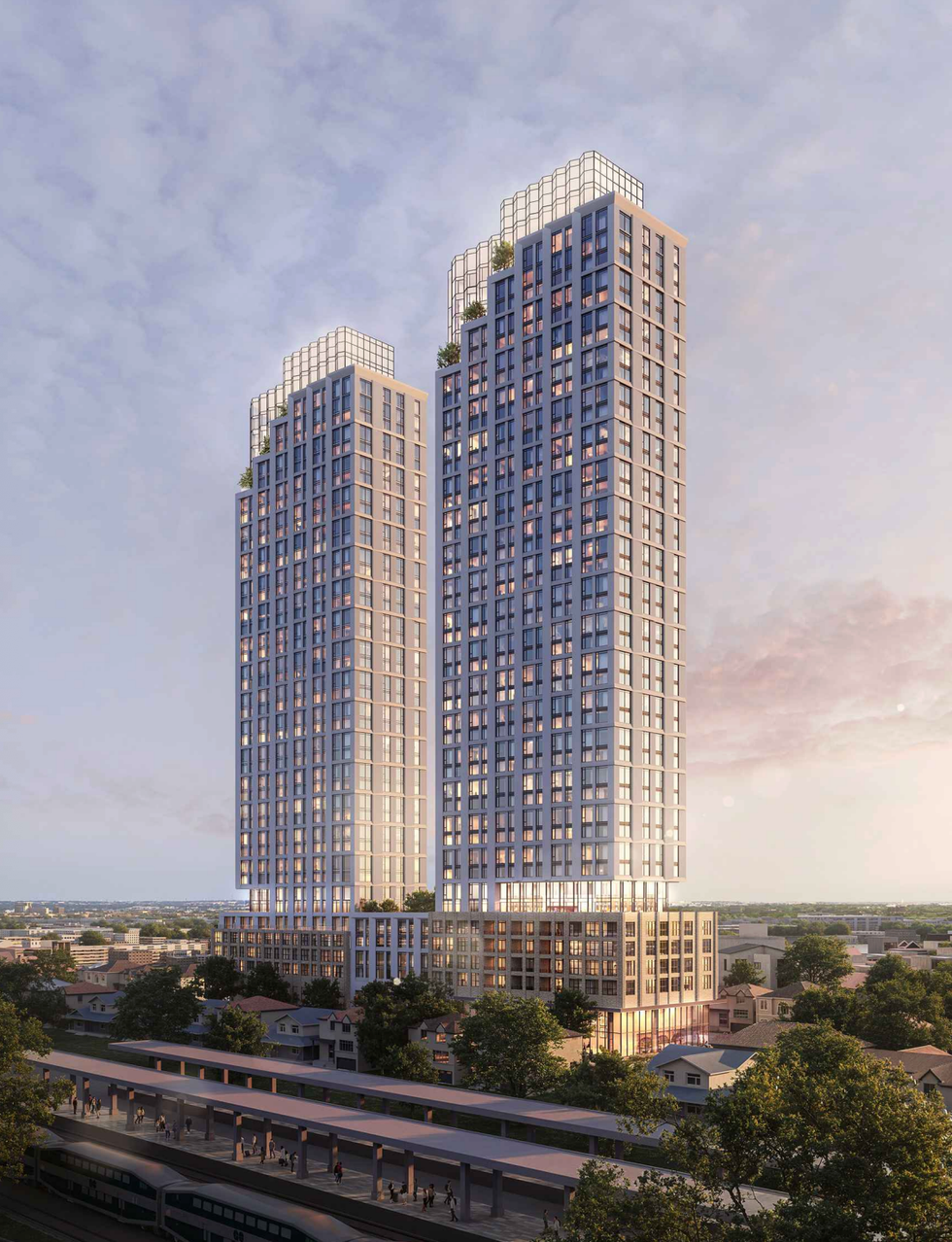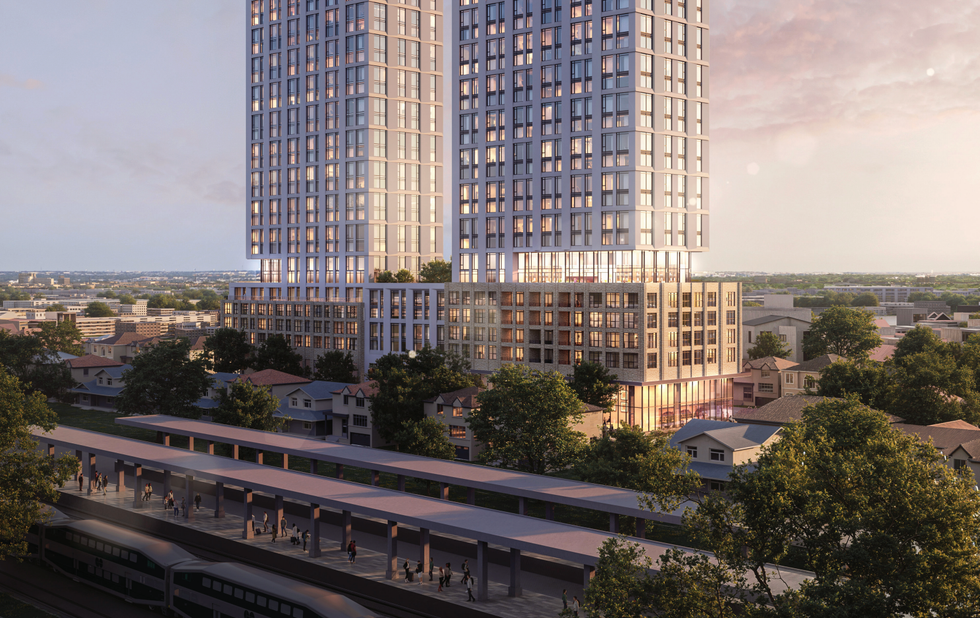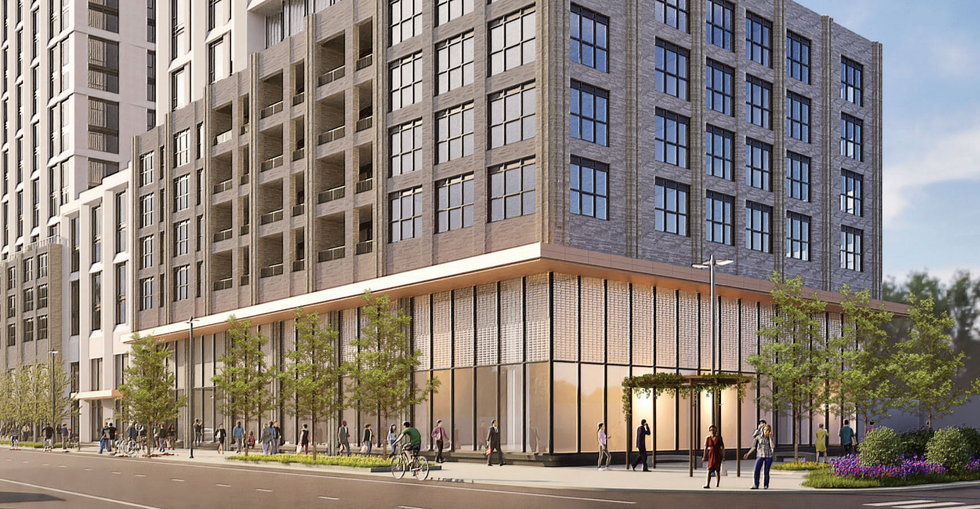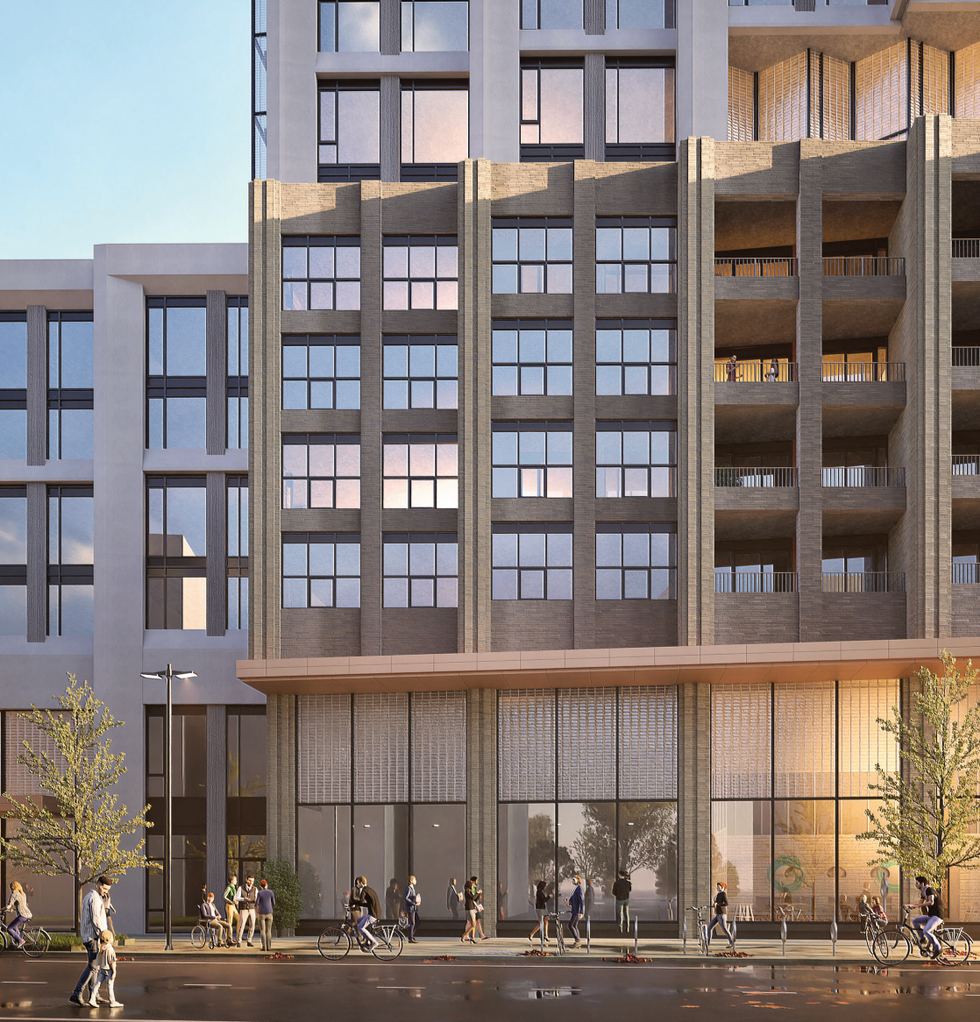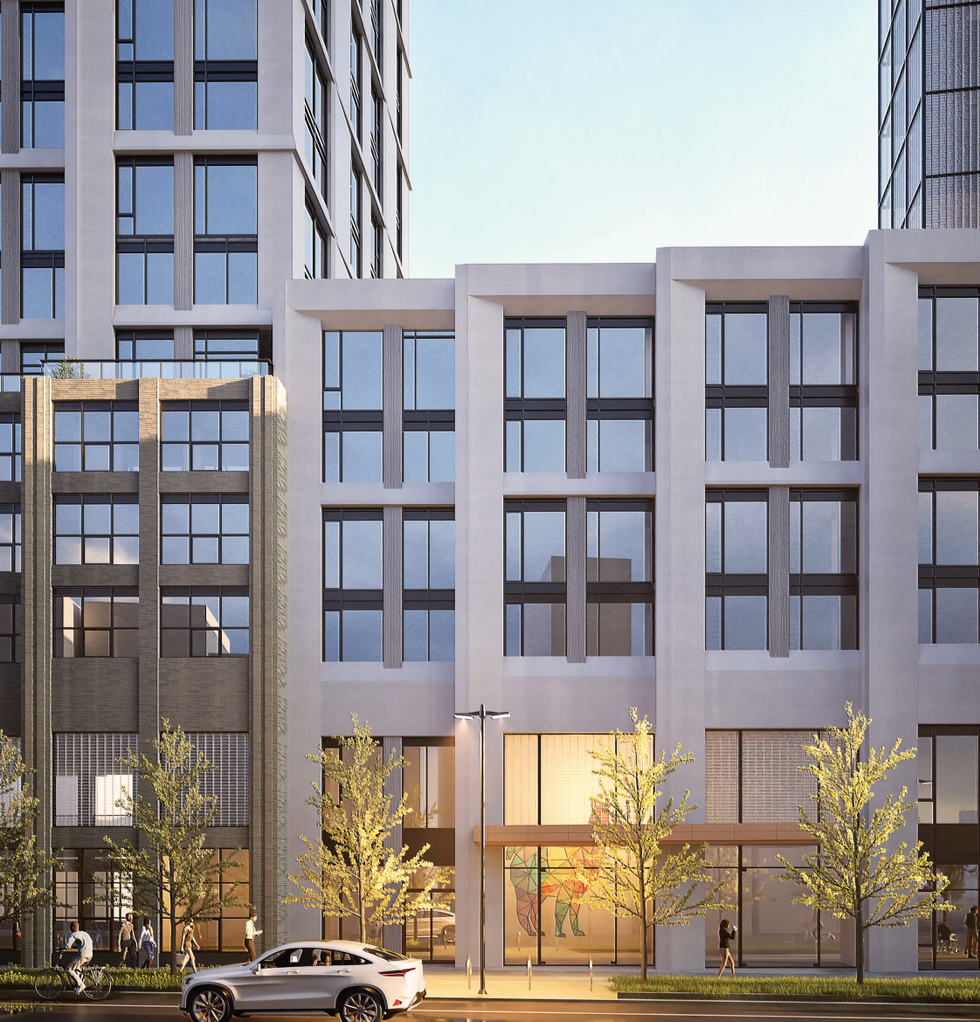Cooperative Housing (Co-op)
Learn how cooperative housing (co-ops) work in Canadian real estate, how they differ from condos, and why they offer an affordable, community-focused living option.
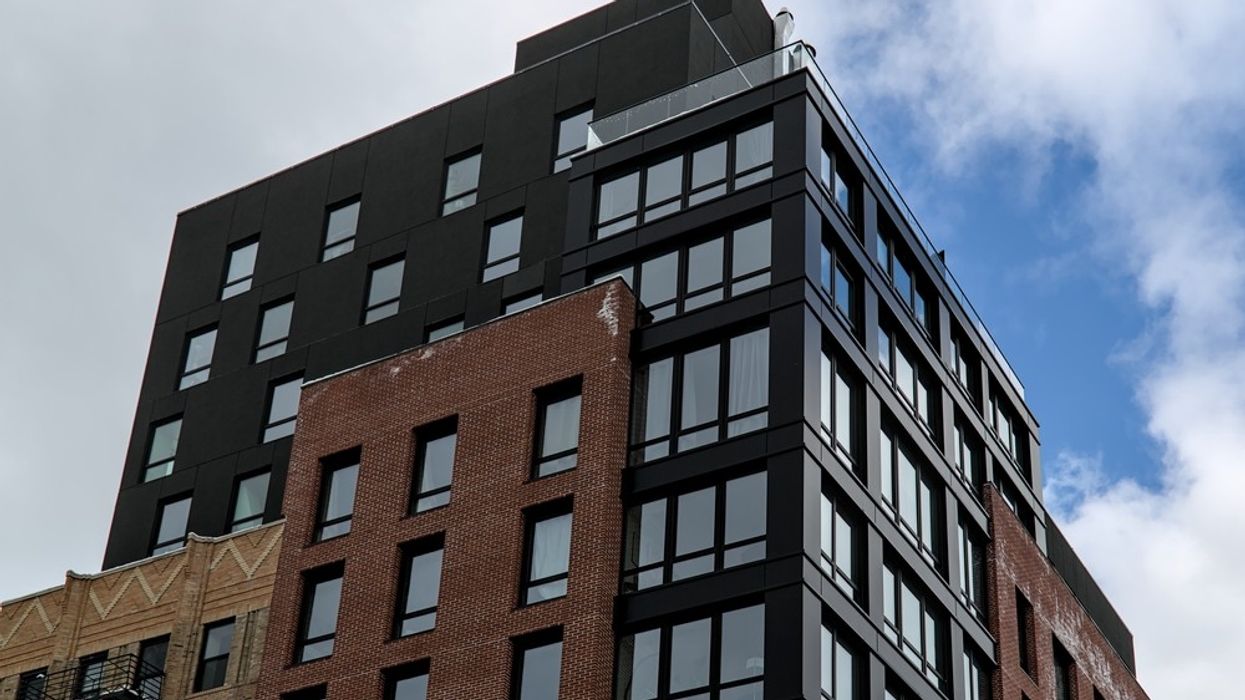
May 22, 2025
What is Cooperative Housing (Co-op)?
Cooperative housing, or co-op, is a type of housing arrangement where residents do not own their individual units but instead own shares in a corporation that owns the entire property.
Why Cooperative Housing (Co-op) Matters in Real Estate
In Canadian real estate, co-op housing provides an alternative to traditional homeownership and renting. When you buy into a co-op, you're purchasing a share in the housing corporation, which gives you the right to occupy a specific unit.
Key features include:
- Monthly housing charges instead of rent or mortgage payments
- Decisions made democratically by members (residents)
- Often more affordable than condos or houses
- Strict rules for resale and approval of new residents
Co-ops are often nonprofit and aim to keep housing accessible. They're more common in urban centres like Toronto and Montreal, particularly as part of community housing initiatives. Some co-ops are equity co-ops, where shares may increase in value, while others are non-equity, focused purely on affordability.
While co-ops can be financially and socially rewarding, they come with restrictions and may require a more involved application process. Lenders may also have stricter rules for financing co-op shares.
Understanding the structure, benefits, and obligations of co-op housing is essential for buyers seeking long-term community living or affordable housing alternatives.
Example of Cooperative Housing in Action
A buyer in Toronto purchases a share in a non-equity co-op, giving them the right to live in a one-bedroom apartment and participate in co-op decisions.
Key Takeaways
- Residents own shares in a corporation, not the property.
- Provides the right to occupy a unit.
- Often more affordable than traditional ownership.
- Rules for resale and approval vary.
- Common in urban affordable housing programs.
Related Terms
- Condo
- Leasehold Property
- Equity
- Affordable Housing
- Housing Co-operative





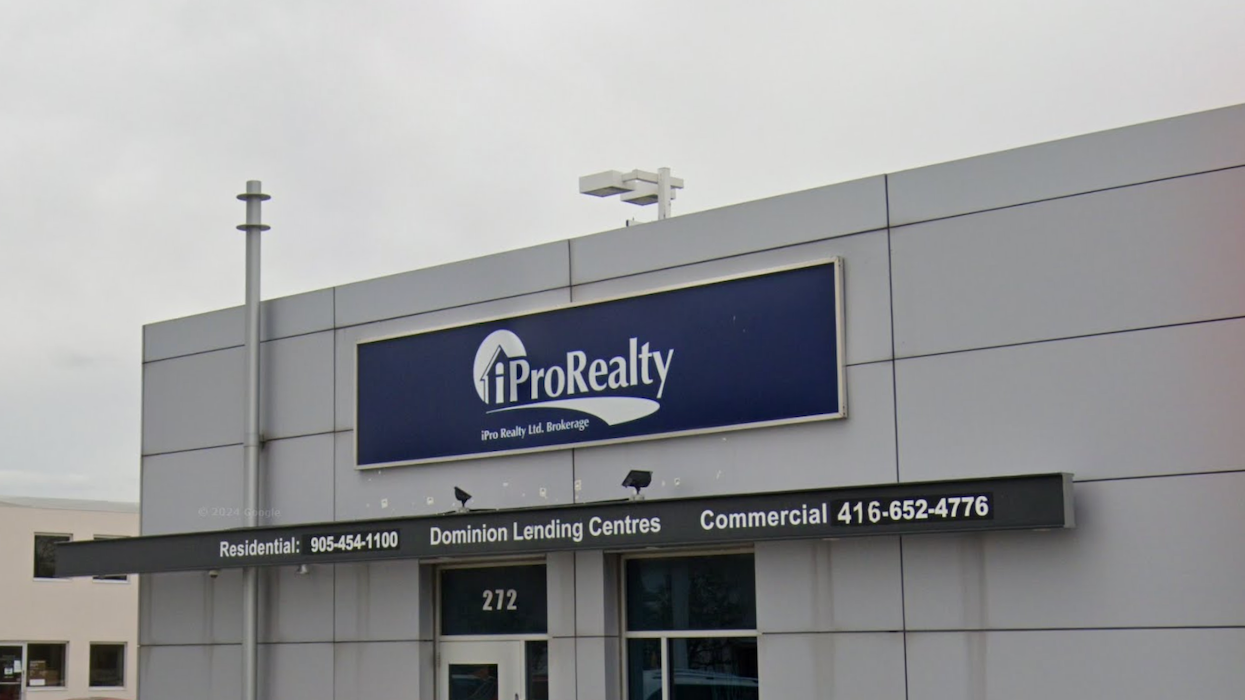


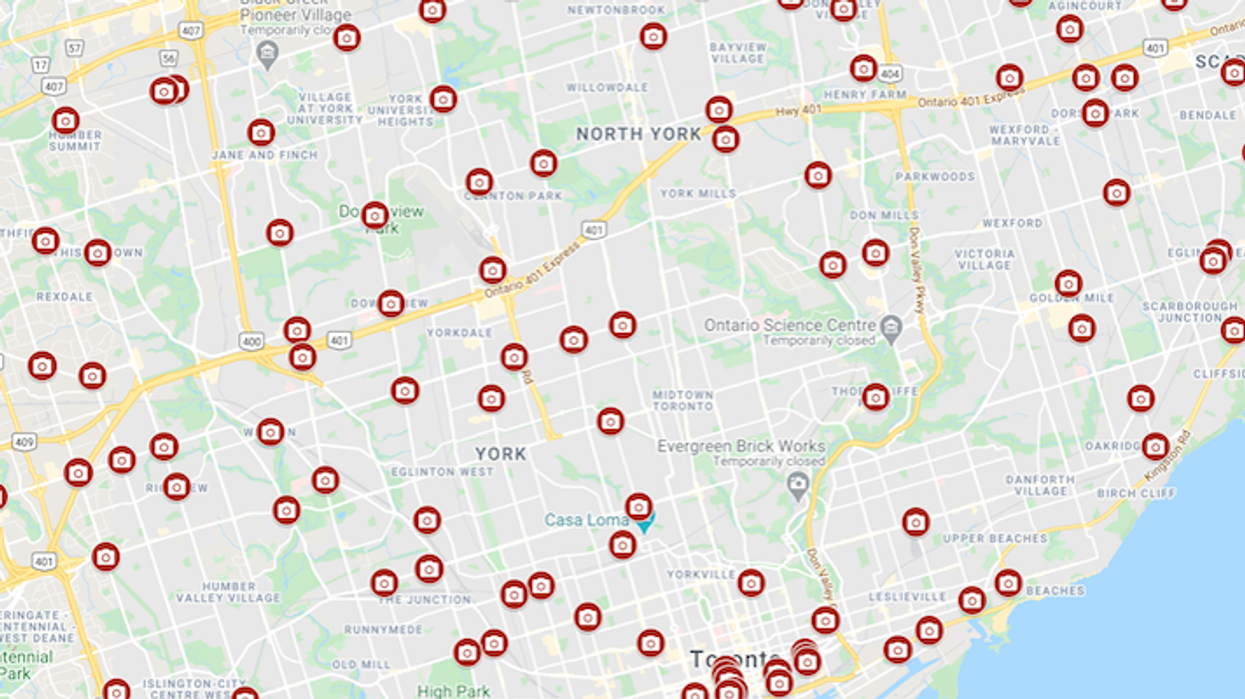

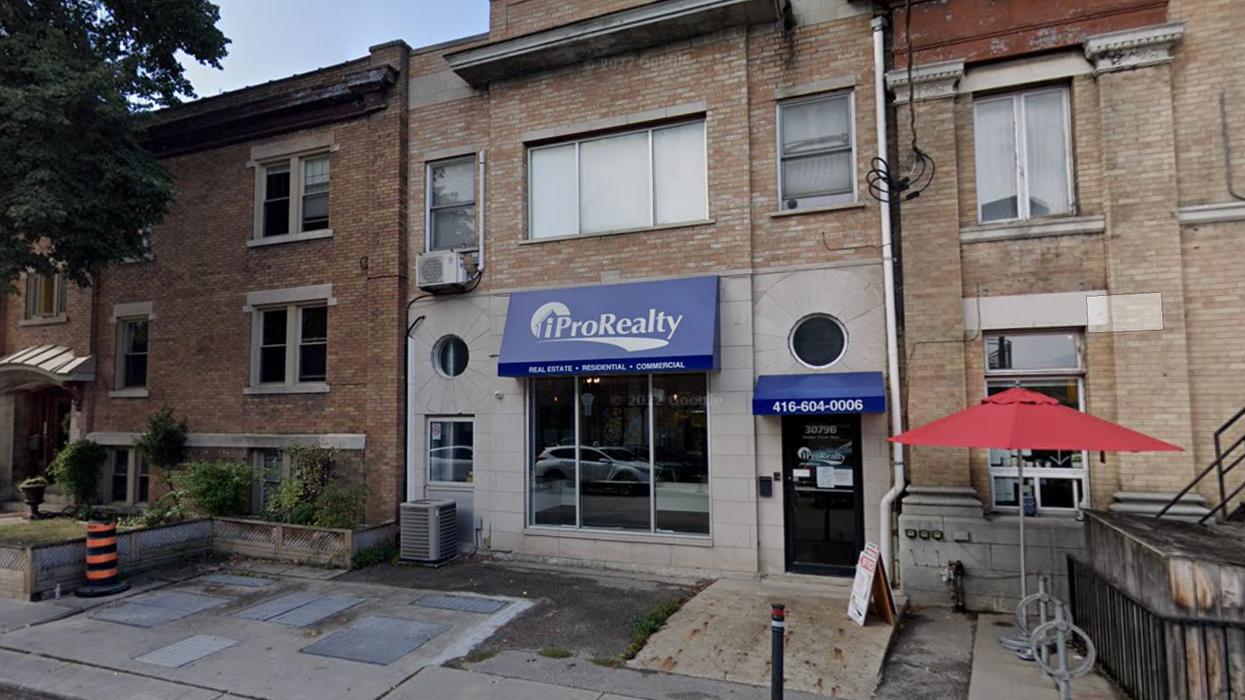



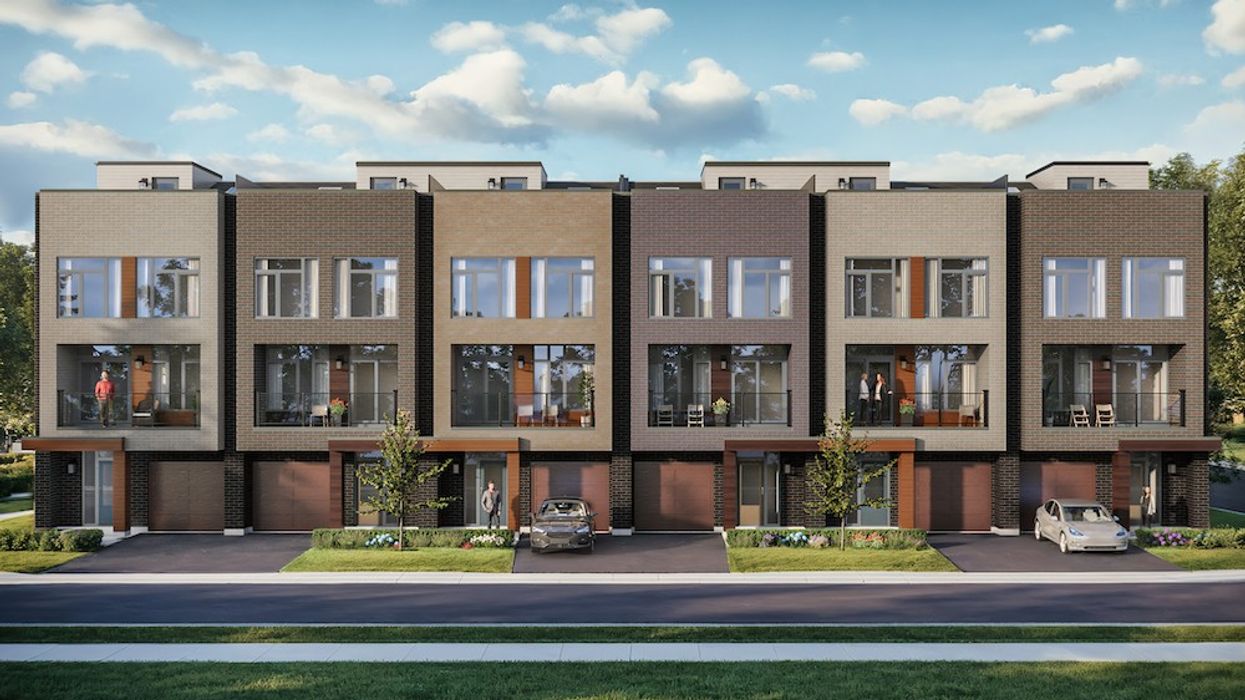
 Camcos Living
Camcos Living Shutterstock
Shutterstock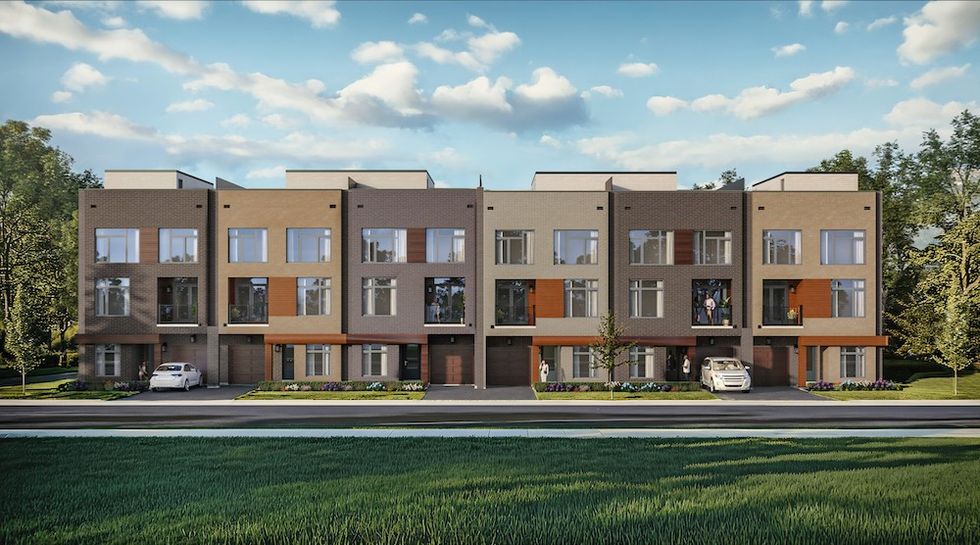 Little Rouge Block G/Camcos
Little Rouge Block G/Camcos Camcos Living
Camcos Living Camcos Living
Camcos Living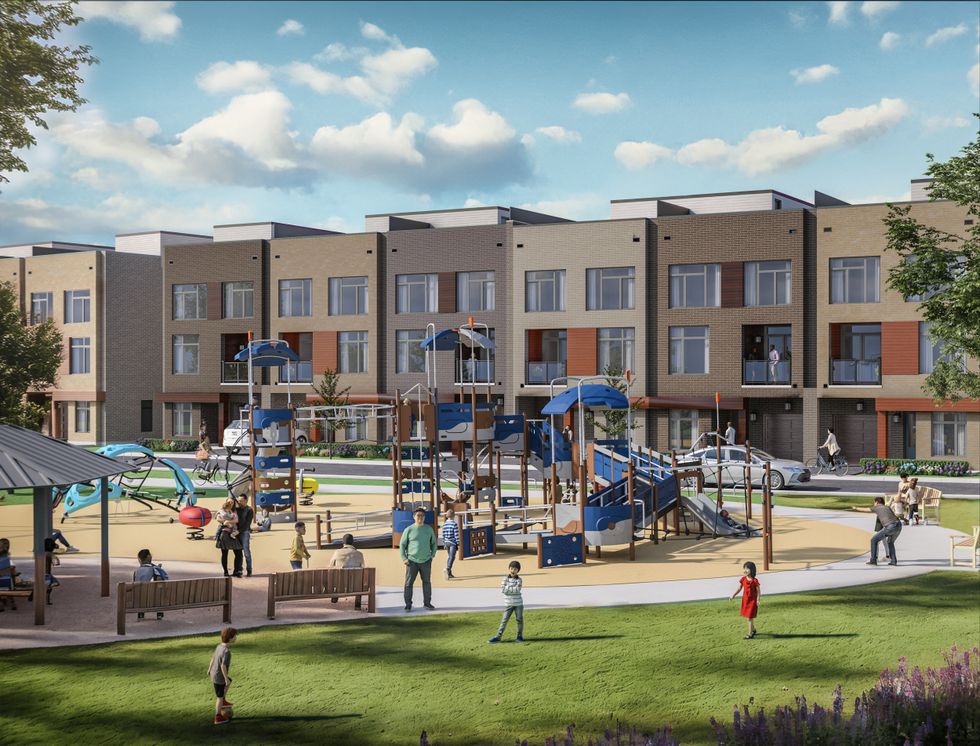 Camcos
Camcos

